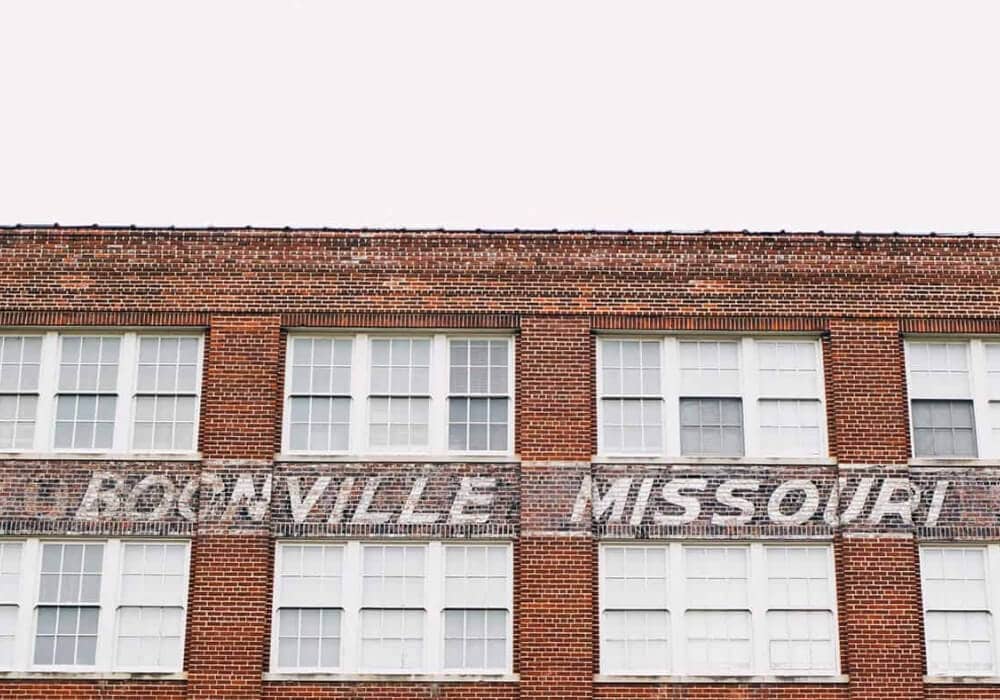History
Grand Victorian Manor
The Grand Victorian Manor
In 1880 the home was built as a one-story structure by Charles Vollrath, secretary and treasurer of Sombart Milling Co., which had originally been owned by his father; Charles was president of the City Council for many years and married to Pauline Kratz. He died in 1935. Close to 1900, the second story was added.
The house is accented by a polygonal two-story bay with a gable wall dormer embellished with fish scale shingles. The first story entrance originally had a Bohemian red glass transom. The interior of the house contains 6 rooms downstairs and 4 bedrooms upstairs.
The fireplaces, one in the library and one in the parlor were probably constructed to be used with iron stoves. Gas/electric combination light fixtures are present in 4 rooms. The downstairs leads upstairs using an oak 2 cornered stairway with a stained-glass window on the landing.

After Charles’ death the property was willed to his daughter Bertha Vollrath and remained her residence until her death in 1964. In July 1965, the property was sold to settle the Vollrath estate and became the property of John and Josephine Stegner. They used the house as rental property until October 1965 when it was purchased by Volney and Martha·Hildreth. The Hildreths modified the house into an eating establishment named “Red Door Restaurant”, so named after the beautiful red glass panes in the main entrance door and transom. In 1973 the house was sold as a residence for Robert and Evelyn Wingate and the red glass was removed from the front entrances at that time. In 1977 Brent and Sharon Bozarth lived in the house for one year.
In 1978 it was purchased by the Stewarts family, who then sold it to Bernard Cohen in the fall of 1980. In 1981 the front exterior was repainted. The Cohens sold the house in 1987 to Tom Good and Mary McCasin, both Ph-D’s and teachers at MU. In 1992 the home was again listed for sale.
Until 2018, the home was operated by Gene and Kris Royer as a Bed and Breakfast named the “High Street Victorian Bed and Breakfast”. The Royer’s lived in the house which operated with 3 guest rooms using a common bathroom. In 2018 Al and Char Hatfield purchased the home and business. Extensive remodeling has been done, yet care was taken to maintain the historical nature of the home. The Grand Victorian Manor now houses 5 guest rooms, each with private bathrooms.
City of Boonville
Founded in 1810 by Nathan and Daniel Morgan Boone, sons of famous explorer Daniel Boone. The town was named after the Boones, and with its strategic location, quickly grew into an important trading center as settlers began moving westward.
During the Civil War, Boonville played a strategic role in the Battle of Boonville on June 17, 1861. Union troops led by Brigadier General Nathaniel Lyon defeated the Missouri State Guard, securing control of the Missouri River and paving the way for Union forces to take over the state. After the war, Boonville continued to grow and prosper as a transportation hub, with the Missouri Pacific Railroad passing through the town.
The city’s economy was based on agriculture and manufacturing, and it became known for producing high-quality bricks and whiskey. Today, Boonville is a charming small town with a population of around 8,000. It is home to several historic sites, including the Katy Bridge, the oldest standing railroad bridge across the Missouri River, and the Mitchell Antique Motorcar Museum. The town is also famous for its annual Heritage Days Festival, which celebrates the area’s history and culture.


Major Hub of Missouri Pacific Railroad
Boonville, Missouri has a rich history as a transportation hub, and the Missouri Pacific Railroad with its headquarters in St. Louis, was the major transportation company operating throughout the central United States and played an important role in the city’s development from the 1800’s through the early 1900’s.
In Boonville, the railroad established a large freight yard and depot which served as a vital link in the transportation of goods and people throughout the region. The railroad also played a key role in bringing businesses and people to the area seeking to invest in developing the local economy, and leverage the Boonville hub for transporting agricultural products, manufactured goods, and other commodities.
Today, the Missouri Pacific Railroad no longer operates in Boonville, but the historic impact still pervades the area. The restored Boonville Depot still stands as a historical marker and is now home to the Katy Depot, a museum, and the community center. Visitors to the Katy Depot have the opportunity to explore exhibits showcasing the history of the area. The Depot hosts various events and exhibits throughout the year.
